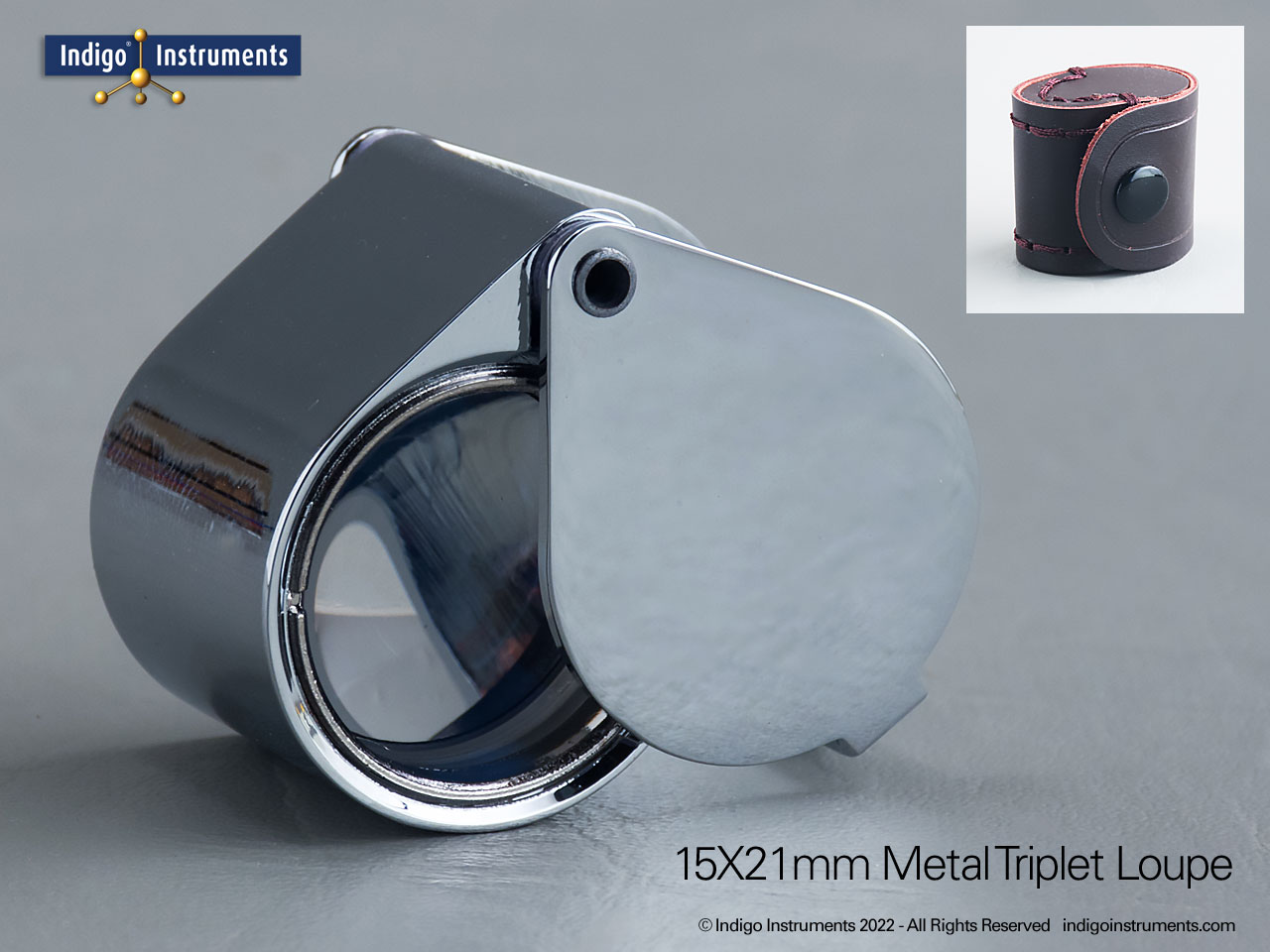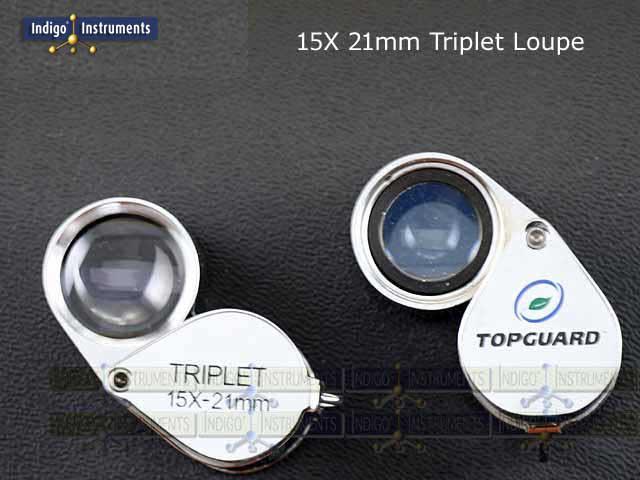Geologist Magnifying Glass 15X Loupe Triplet
SKU: 23231-15
This 15X triplet magnifier delivers sharp, color-accurate views of minerals, crystals, and gemstones; preferred by geologists for reliable lab & field use.
Precision 15X Triplet Magnifier for Geologists: this triplet loupe has three precision-ground lenses that correct for both spherical and chromatic aberrations. This ensures sharp, color-accurate magnification, making it ideal for identifying subtle variations in mineral color and crystal habit in the field or lab.
Accurate Color Rendering: triplets correct for refractive distortion for color accuracy which matters when identifying feldspars, garnets, olivines, and other minerals where hue, luster, or zoning are key diagnostic features.
Durable, Pocket-Ready Field Tool: the protective metal casing makes this loupe both compact and rugged for geologists, gemologists, and serious rockhounds who need a dependable field loupe.
We've offered this quality geology loupe since 2002. That & delivered cost on quantity beats "free" shipping on all counts! See Branding & Related Products below for adding a logo (NOT included).
Read the full, genuine Google Review from Gene H. "I rarely provide a review, but...service and quality of the loupes...are of outstanding quality."

Thanks for the feedback. The higher the magnification, the shorter the focal length; i.e. the closer you have to be. Unfortunately the physics of optics dictates this. We hope to do a blog about this to explain in greater detail. See Phone Camera Loupe “Dissecting Microscope”. In this case a 10X magnifier was used at roughly 30mm & the phone camera boosted the magnification. We appreciate the freight issue & we charge it at cost. Where we come out on top is when you buy two or three at a time. Having said that, we appreciate the vote of confidence over buying from Amazon.